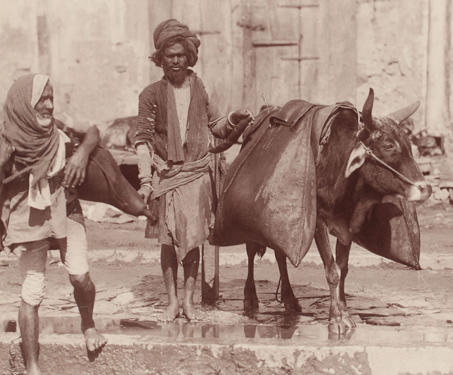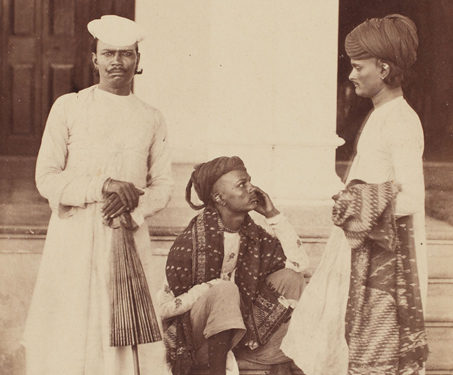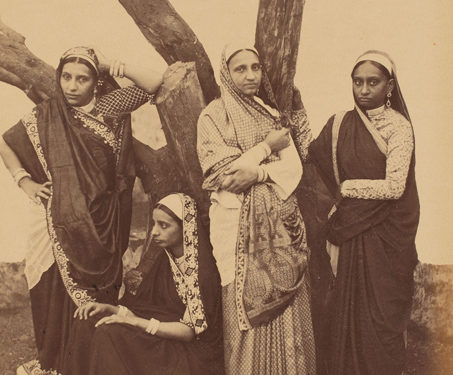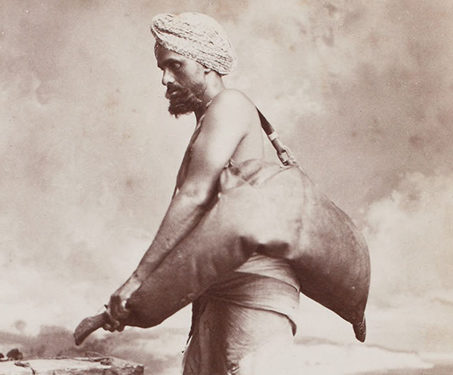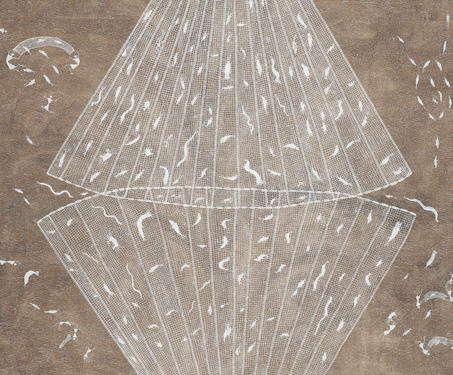

Fish Net (Paagir)
This work illustrates a Fishing Net, also called Paagir, by Warli artist Sadashiv Mashe (b. 1860), son of the celebrated artist and Padma Shri awardee Jivya Soma Mashe (1934-2018). A common subject, this net is portrayed in a twin format, which means it is composed of two paintings of the subject that the artist has… Read more »

